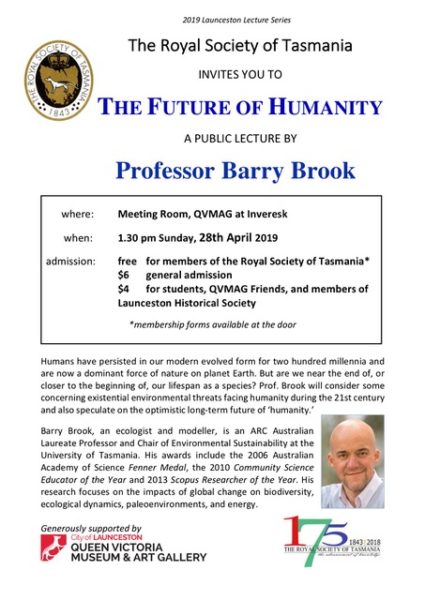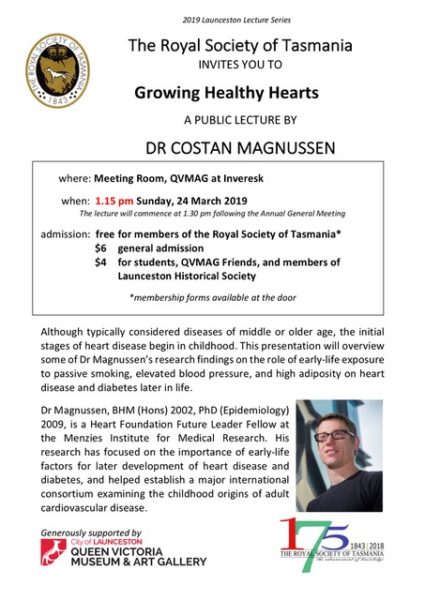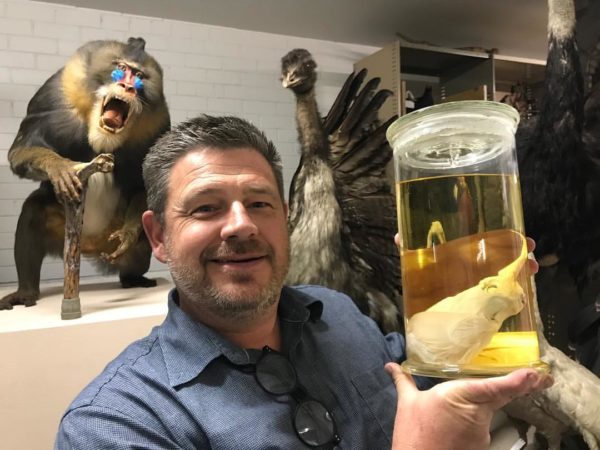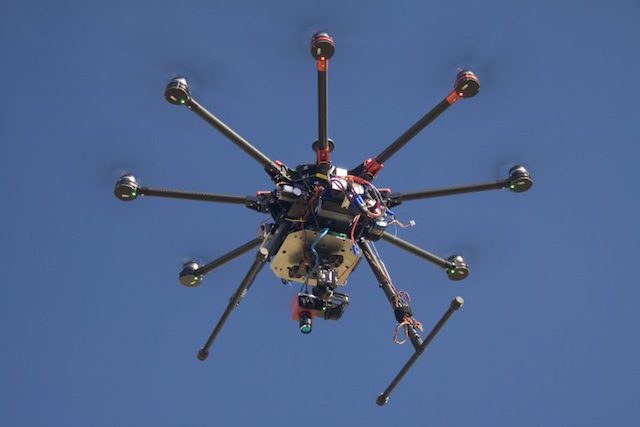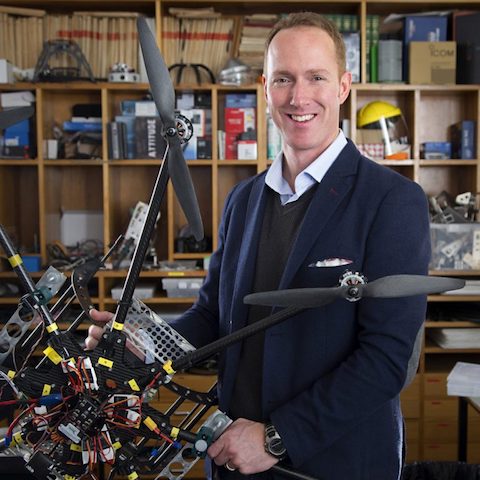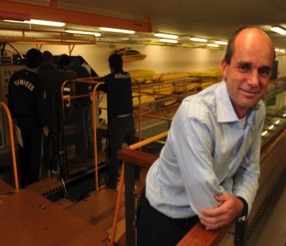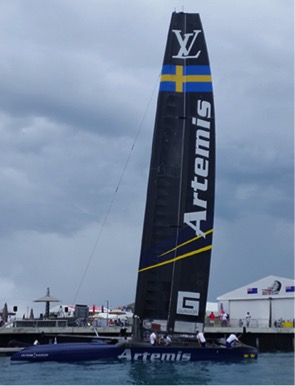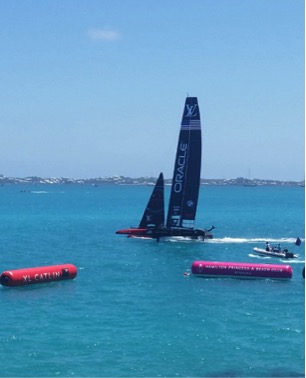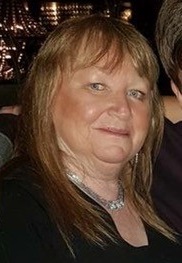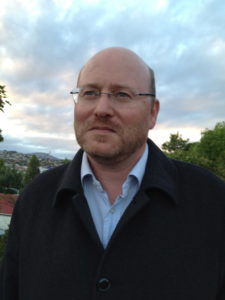In the next instalment of the northern lecture series, Prof. Brook considers existential environmental threats facing humanity during the 21st century and speculates on the long-term future of ‘humanity’ (or our descendants) should we progresses beyond this zone of immediate global risk.
Barry lives on a bush property in the Huon Valley. He has published three books, over 350 refereed papers, and many popular articles. His research focuses on the impacts of global change on biodiversity, ecological dynamics, paleoenvironments, energy, and simulation models.
